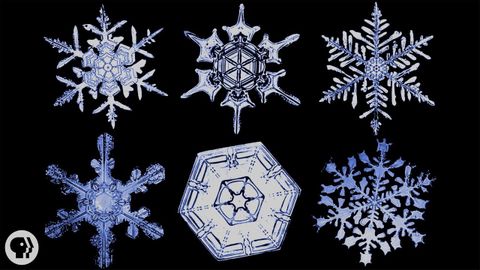
Subtitles & vocabulary
The Science of Snowflakes
00
Ko Wing Tai posted on 2016/02/25Save
Video vocabulary
unique
US /juˈnik/
・
UK /jʊ'ni:k/
- Adjective
- Unlike other things; being the only one like it
- Remarkably special or unusual.
A2TOEIC
More create
US /kriˈet/
・
UK /krɪ'eɪt/
- Transitive Verb
- To make, cause, or bring into existence
- To cause something to happen; to give rise to a particular situation or state.
A1
More hold
US /hold/
・
UK /həʊld/
- Transitive Verb
- To agree to keep something for someone
- To have the capacity to support/contain something
- Countable Noun
- Section of a ship or plane used for storing things
- Place of support for hands or feet when climbing
A1
More universe
US /ˈjunəˌvɚs/
・
UK /ˈju:nɪvɜ:s/
- Noun (Countable/Uncountable)
- All of space that contains planets and stars
- Things surrounding a person, affecting their life
B2
More Use Energy
Unlock All Vocabulary
Unlock pronunciation, explanations, and filters
